Photo credit: Peter Gutierrez
Let’s draw a castle!
Downloaded to Pinterest by Sharon Gowryluk
Luxembourg was passed down from family to family for a few centuries -
House of Luxembourg, the Burgundians,
the Hapsburgs.
There was an 80 Years’ War that resulted in Luxembourg becoming part of the Netherlands,
then it was passed to the Austrian Hapsburgs. When France had their big Revolution it became part of ‘Revolutionary France’.
Whew!
Clervaux Castle, photo credit Joan Bos
In 1815 the Vienna Congress turned Luxembourg into a Grand Duchy in Union with the Netherlands.
Treaties had already reduced the size of the country,
and in 1837 it was reduced again.
In exchange for giving up land, each time Luxembourg gained more independence.
Photo credit Ipanema Travels
Luxembourg became independent in 1867
with an agreement of perpetual neutrality by the European Powers.
From 1841-1891 1 in 5 inhabitants emigrated to the USA due to economic problems and loss of markets,
mostly agrarian (think fields and crops).
After the German occupation from 1914-1918, and again from 1940-1944, with the help of Allied troops
Luxembourg was independent once again.
Quite the history of struggles to get there.
But were their tough times over?
In 1839 Luxembourg had lost more than 1/2 of its land to Belgium in exchange for more independence.
By 1891 they had lost 1/5th of their people.
Throughout all this time, the Luxembourgians kept their national pride and identity as a unique nation.
“We will remain what we are”
is the official motto for Luxembourg.
Traditional Luxembourg dress
With a lot of hard work and wise economic decisions with leadership that was for the people, today Luxembourg has one of the highest GDP per capita and is the top richest country of the world…
…and it is all squished into a land space of about 1/2 the size of the USA’s state of Delaware!
In 1948 Luxembourg lost its’ classification as a neutral country when it joined NATO.
Mullerthal Region, Luxembourg
So how did it become the richest country
in the world?
Luxembourg City
Luxembourg is one of Europe’s wealthiest nations with cultural diversity, highly tolerant citizens, beautiful ancient architecture and a major center for private banking.
It’s the last part that gives the country wealth.
Their main trading partners are Germany, France and Belgium.
Bock Casements
Underneath Luxembourg City
A tiny bit of economics:
First, you have to understand I have a B.S. in Psychology, emphasis on Child Development, Special Education.
Minor in Theater.
Not Economics.
No where near Economics!
So this next part is like speaking a foreign language from a tiny tribe in the Amazon for me.
Let’s jump in!
When rating the richest countries, there is a system used called
Purchasing Power Parity.
Clervaux Castle, Luxembourg, World UNESCO site
According to the PPP Luxembourg is no.1 rated as 131,500.
Singapore comes in 2nd at 116,500,
followed by (in order) Ireland, Qatar, Bermuda, Norway, United Arab Emirates, Switzerland, Cayman Islands, Macao and 11th place is USA.
(Most recent info 2021)
Beaufort Castle; Photo credit: smiclux
Luxembourg generates $$ from financial products.
Many of the top PPP countries are tax havens and provide safe and tax efficient homes for large corporations such as Amazon, Google and Apple.
Interesting way to make money.
Traditional Luxembourg folk costumes
Enough facts for a bit!
Let’s learn how to draw a few more castles!
and 1 more -
Art Projects for Kids
Next I have a Color by Number project for you -
By Printablee
Luxembourg is a UNESCO
World Heritage site -
the City of Luxembourg, the Old Quarter and the fortifications.
Another view of Vianden Castle
It is also on The Representative List of
Intangible Cultural Heritage of Humanity !
This is for
1. The musical art of horn players.
A teaching technique using singing, breath control, vibrato, resonance of place and conviviality.
Horn practice in the park
2. Hopping procession of Echternach
(Oldest City in Luxembourg)
Documented since 100 AD it is founded on the cult of Saint Willibrord, the founding monk from the Abbey of Echternach.
He was known for kindness, gift of curing certain illnesses and his missionary activities.
Pagan elements in the procession caused the Church to ban it - but it kept spreading to the other regions and every social class.
The procession starts with singers reciting litanies until 8,000 dancers take over!
These are split into 45 groups by rituals that have been
passed down from generation to generation.
It ends with a service in the basilica.
There are an average of 13,000 participants
from Luxembourg and its’ neighbors.
Posted on Pinterest by Roxanne White
As always, when I research for a blog I come up with tons more info than I can put into 1 blog.
Every now and then I will write a ‘part 2’.
I hope you had fun and found out some interesting things about the small country of Luxembourg that you didn’t know before.
As for me,
I would love to visit this unique country,
and perhaps even meet a reader or 2 of my blog!
I’ll put it on my list.
That’s it for today,
‘Til next time,
inkspired
A few of the places I gathered information from,
in no particular order:
architecturaldigest.com
folkcostume.blogspot.com
worlddata.info
usnews.com
Pinterest
nomadsunveiled.com
oecdbetterlifeindex.org
Wikipedia.org
cia.gov
express.co.uk
Conde’ Nast Traveller magazine
state.gov
unesco.org
interpol.int
Abmc.gov




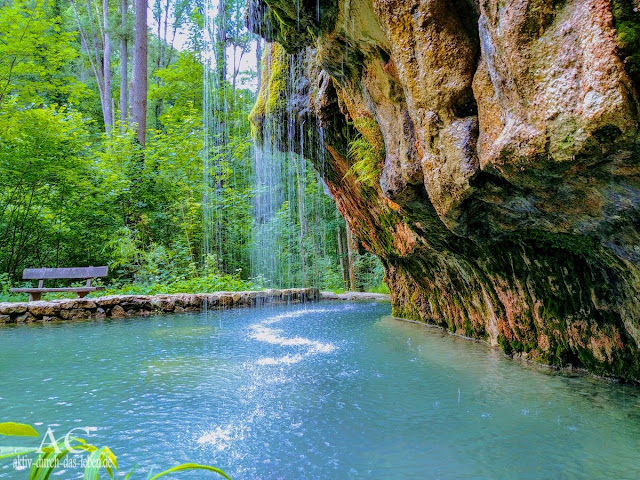


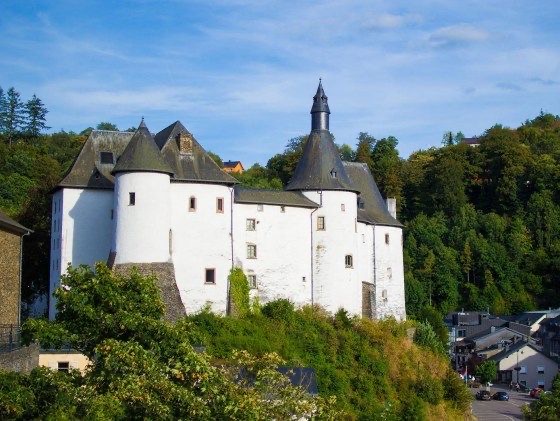


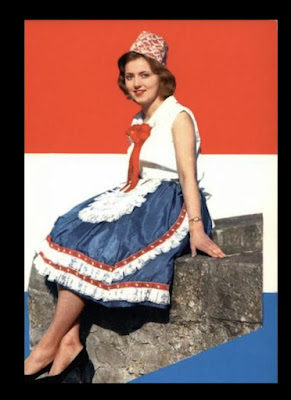




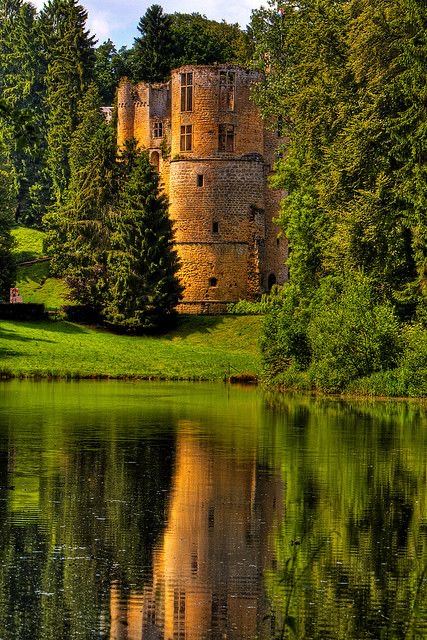
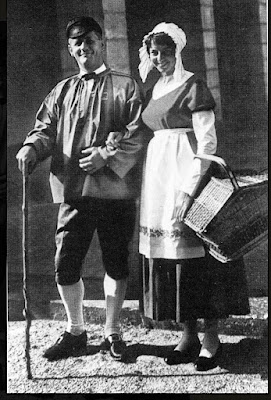
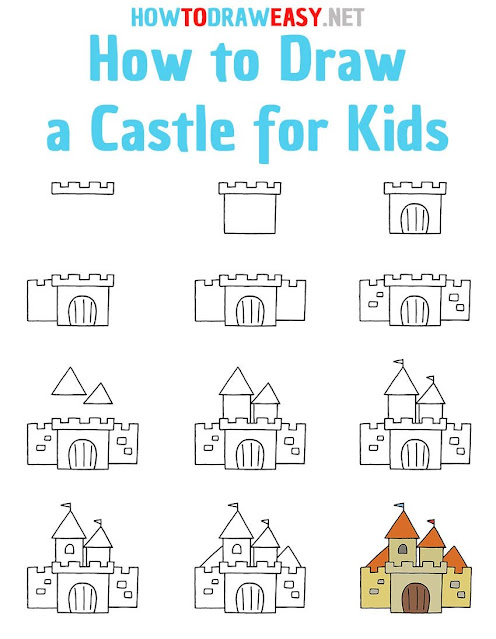








No comments:
Post a Comment